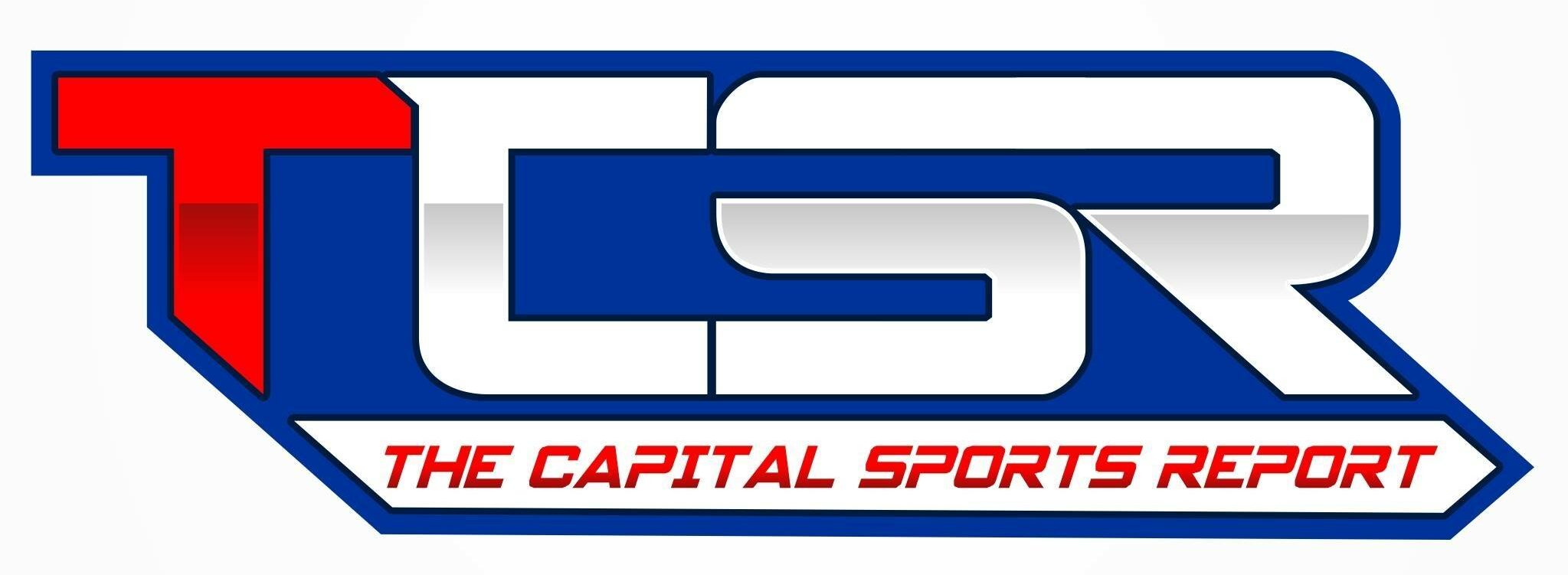Introduction
Men’s College Lacrosse stands as a testament to the enduring legacy of one of the oldest team sports in North America. This comprehensive history delves into the origins, growth, and evolution of lacrosse at the collegiate level, tracing its journey from ancient indigenous roots to modern-day prominence on campuses across the United States.

Origins and Indigenous Roots
READ MORE: Click here for our latest NCAALax coverage
Origins
Lacrosse, known as “The Creator’s Game” by indigenous peoples, has deep roots in Native American culture and tradition. Originating as a ceremonial ritual played by various tribes, lacrosse evolved into a competitive sport that held spiritual significance and served as a means of resolving conflicts and fostering community bonds.
Indigenous Influence
Indigenous nations across North America played lacrosse for centuries, with each tribe contributing unique playing styles, equipment, and rituals to the game. The sport’s fundamental principles of teamwork, agility, and skillful stick work were passed down through generations, shaping its identity and cultural significance.
Early Development and Spread
Early Development
European settlers in North America encountered lacrosse in the 17th century and were fascinated by its fast-paced gameplay and physicality. As interest in the sport grew, lacrosse clubs and leagues began to emerge in urban centers along the East Coast, laying the groundwork for its formalization as an organized sport.
Collegiate Beginnings
The first recorded collegiate lacrosse game took place between New York University and Manhattan College in 1877, marking the beginning of lacrosse’s integration into higher education. Initially, lacrosse served as a club sport at prestigious universities such as Harvard, Yale, and Princeton, attracting athletes and enthusiasts alike.
READ MORE: Click here for our latest Sports coverage
Rise of Collegiate Lacrosse
Intercollegiate Competition
By the late 19th century, intercollegiate lacrosse competitions gained momentum, fueled by the establishment of formal rules and regulations. The sport’s popularity surged among students, leading to the formation of collegiate leagues and conferences dedicated to lacrosse.
Expansion and Diversity
As lacrosse continued to gain traction, colleges and universities across the United States embraced the sport, contributing to its rapid expansion and diversification. New programs emerged in regions beyond the traditional lacrosse hotbeds, reflecting the growing demand for competitive opportunities and the sport’s universal appeal.
Modern Era and Professionalism
Modernization
The latter half of the 20th century witnessed significant advancements in collegiate lacrosse, including improved equipment, training methods, and coaching techniques. The sport’s transition to a more structured and professionalized environment paved the way for its inclusion in the NCAA and the establishment of national championships.
NCAA Dominance
The NCAA Men’s Lacrosse Championship, inaugurated in 1971, emerged as the premier collegiate lacrosse event, showcasing the talent and skill of top-tier programs. Similarly, the NCAA Women’s Lacrosse Championship, established in 1982, provided a platform for female athletes to excel and compete at the highest level.
Cultural Impact and Legacy
Cultural Significance
College lacrosse transcends the confines of the field, serving as a cultural phenomenon that unites communities, fosters camaraderie, and celebrates tradition. The sport’s rich heritage and inclusive spirit continue to inspire generations of athletes and fans, leaving an indelible mark on the fabric of collegiate athletics.
Enduring Legacy
As college lacrosse enters a new era of growth and innovation, its legacy remains firmly rooted in the values of sportsmanship, integrity, and respect. From its humble origins to its present-day prominence, lacrosse continues to captivate hearts and minds, embodying the enduring spirit of competition and camaraderie.
Conclusion
In conclusion, the history of college lacrosse is a testament to the sport’s enduring legacy and cultural significance. From its indigenous origins to its modern-day prominence, lacrosse has evolved into a cherished tradition that transcends generations and inspires communities across North America. As we look to the future, the spirit of lacrosse remains as vibrant and resilient as ever, ensuring that its legacy will endure for generations to come.
Subscribe to our newsletter!
Facebook, Twitter, Instagram, Telegram, Tumblr, YouTube, and TruthSocial
Keep Independent Journalism Alive! Ad-free experience and Exclusive Premium-plus content. Join our Paid Substack for additional content for $10 per month. This is ad-free content. We believe that what you read matters and great writing is valuable. Through Substack, writers can flourish by being paid directly by their readers. © 2007-2024 The Capital Sports Report. All Rights Reserved. This material may not be published, broadcasted, rewritten, or redistributed.


